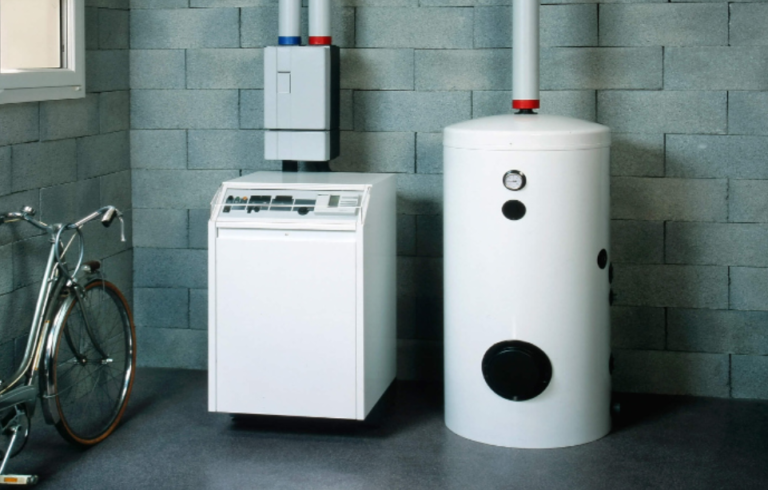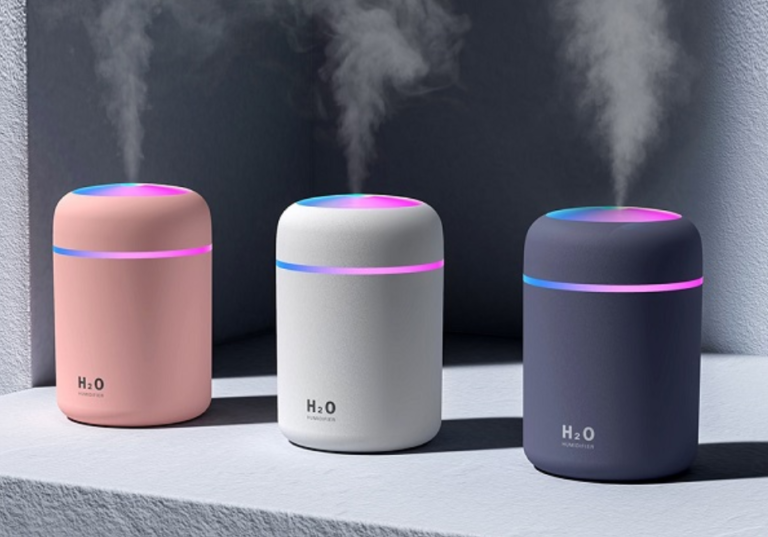Air Purifier vs Air Sanitizer: In-Depth Comparison
As the quality of outdoor air continues to decline, more and more people are turning to air purifiers and air sanitizers to improve the air quality in their homes. These devices work in different ways to remove pollutants and contaminants from the air, but how do you know which one is right for you?
In this article, we will explore the differences between air purifiers and air sanitizers, including how they work, their pros and cons, and which one may be the best choice for your home.

What is an air purifier?
An air purifier is a device that removes pollutants and contaminants from the air in a room or space. These contaminants can include dust, pollen, mold spores, pet dander, and other allergens. Some air purifiers also remove smoke, chemicals, and odors from the air. Air purifiers work by pulling in air from the room, passing it through a filter, and releasing clean air back into the room.
There are several types of air purifiers on the market, each using different technologies to clean the air. Some common types include activated carbon filters, which absorb chemicals and odors; HEPA filters, which capture particles as small as 0.3 microns; and ultraviolet (UV) light air purifiers, which use UV light to kill bacteria and viruses.
What is an air sanitizer?
An air sanitizer is a device that kills or inactivates bacteria, viruses, and other microorganisms in the air. Air sanitizers work by releasing disinfectant chemicals or UV light into the air. These disinfectants or UV light kill or inactivate the microorganisms, making the air safer to breathe.
Like air purifiers, there are several types of air sanitizers on the market. Some use chemicals, such as ozone or hydrogen peroxide, to kill bacteria and viruses. Others use UV light to inactivate these microorganisms. Some air sanitizers are even combined with air purifiers to provide both cleaning and sanitizing capabilities.
How do air purifiers work?
As mentioned, air purifiers work by pulling in air from the room and passing it through a filter. The filter captures pollutants and contaminants, removing them from the air. The clean air is then released back into the room.
The type of filter used in an air purifier determines what pollutants it can remove. For example, a HEPA filter can capture particles as small as 0.3 microns, making it effective at removing allergens and other small particles. An activated carbon filter can absorb chemicals and odors, making it effective at removing smoke and other pollutants.
How do air sanitizers work?
Air sanitizers work by releasing disinfectant chemicals or UV light into the air. These disinfectants or UV light kill or inactivate bacteria, viruses, and other microorganisms in the air.
Chemical air sanitizers work by releasing ozone, hydrogen peroxide, or other disinfectant chemicals into the air. These chemicals kill or inactivate bacteria and viruses on contact. UV light air sanitizers work by releasing UV light into the air. This UV light damages the DNA of microorganisms, rendering them unable to reproduce and eventually killing them.
Pros and cons of air purifiers
Air purifiers have several benefits, including:
- Improved indoor air quality: By removing pollutants and contaminants from the air, air purifiers can improve the overall air quality in a room or space. This can be especially beneficial for people with allergies or asthma, as it can help reduce symptoms triggered by these pollutants.
- Reduced risk of illness: By removing pollutants and contaminants from the air, air purifiers can reduce the risk of respiratory illnesses and other health problems.
- Odor removal: Some air purifiers, particularly those with activated carbon filters, can remove odors from the air. This can be helpful in eliminating household odors such as tobacco smoke or pet odors.
- Cost: Air purifiers can be expensive, especially high-quality models with advanced filters.
- Maintenance: Air purifiers require regular maintenance, including filter changes, to continue to work effectively. This can be time-consuming and add to the overall cost of using an air purifier.
- Limited effectiveness: Air purifiers are only effective at removing pollutants and contaminants in the air. They cannot remove pollutants or contaminants from surfaces or objects.
Pros and cons of air sanitizers
Air sanitizers have several benefits, including:
- Improved indoor air quality: By killing or inactivating bacteria, viruses, and other microorganisms in the air, air sanitizers can improve the overall air quality in a room or space. This can be especially beneficial in reducing the spread of illness in settings such as hospitals or schools.
- Reduced risk of illness: By killing or inactivating bacteria, viruses, and other microorganisms in the air, air sanitizers can reduce the risk of respiratory illnesses and other health problems.
- Odor removal: Some air sanitizers, particularly those that use ozone or hydrogen peroxide, can remove odors from the air. This can be helpful in eliminating household odors such as tobacco smoke or pet odors.
- However, air sanitizers also have some drawbacks, including:
- Cost: Air sanitizers can be expensive, especially high-quality models with advanced disinfectant systems.
- Maintenance: Air sanitizers require regular maintenance, including replacing disinfectant chemicals or UV light bulbs, to continue to work effectively. This can be time-consuming and add to the overall cost of using an air sanitizer.
- Limited effectiveness: Air sanitizers are only effective at killing or inactivating microorganisms in the air. They cannot kill or inactivate microorganisms on surfaces or objects.
Which is right for you: an air purifier or an air sanitizer?
When deciding between an air purifier and an air sanitizer, it is important to consider your specific needs and goals.
If you are primarily concerned with removing pollutants and contaminants from the air, such as dust, pollen, and mold spores, an air purifier may be the best choice for you. However, if you are concerned with killing or inactivating bacteria, viruses, and other microorganisms in the air, an air sanitizer may be a better option.
It is also important to consider the cost and maintenance requirements of each type of device. Air purifiers and air sanitizers can be expensive, and they require regular maintenance to continue to work effectively.
Conclusion: choosing the best air cleaning solution for your home
Air purifiers and air sanitizers are both effective at improving indoor air quality and reducing the risk of respiratory illness. However, they work in different ways and are better suited to different types of pollutants and contaminants.
When choosing an air cleaning solution for your home, consider your specific needs and goals, as well as the cost and maintenance requirements of the device. By considering these factors, you can choose the best air cleaning solution for your home.






